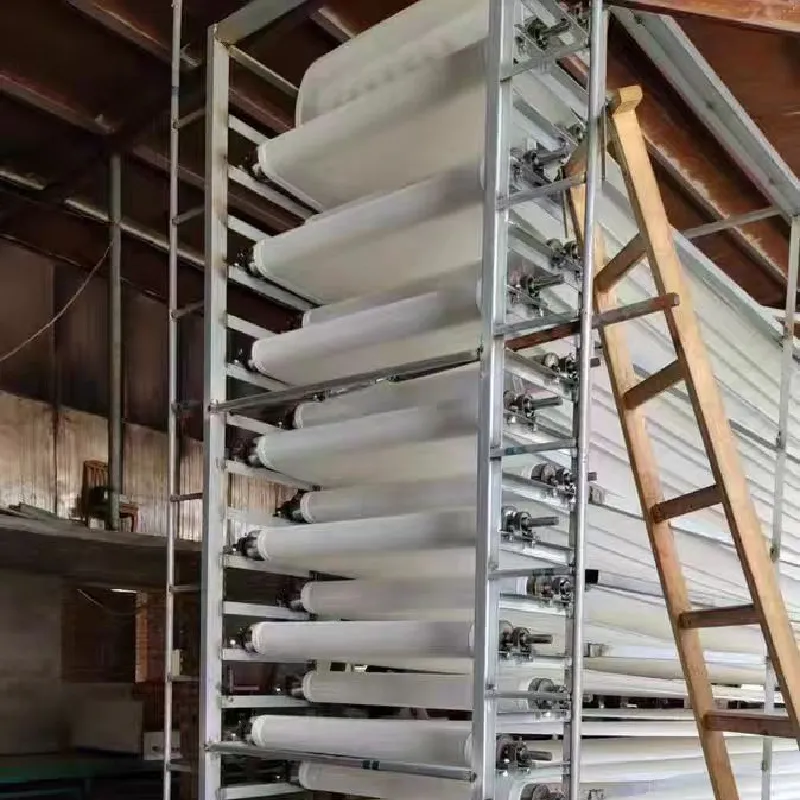-
 Afrikaans
Afrikaans -
 Albanian
Albanian -
 Amharic
Amharic -
 Arabic
Arabic -
 Armenian
Armenian -
 Azerbaijani
Azerbaijani -
 Basque
Basque -
 Belarusian
Belarusian -
 Bengali
Bengali -
 Bosnian
Bosnian -
 Bulgarian
Bulgarian -
 Catalan
Catalan -
 Cebuano
Cebuano -
 China
China -
 Corsican
Corsican -
 Croatian
Croatian -
 Czech
Czech -
 Danish
Danish -
 Dutch
Dutch -
 English
English -
 Esperanto
Esperanto -
 Estonian
Estonian -
 Finnish
Finnish -
 French
French -
 Frisian
Frisian -
 Galician
Galician -
 Georgian
Georgian -
 German
German -
 Greek
Greek -
 Gujarati
Gujarati -
 Haitian Creole
Haitian Creole -
 hausa
hausa -
 hawaiian
hawaiian -
 Hebrew
Hebrew -
 Hindi
Hindi -
 Miao
Miao -
 Hungarian
Hungarian -
 Icelandic
Icelandic -
 igbo
igbo -
 Indonesian
Indonesian -
 irish
irish -
 Italian
Italian -
 Japanese
Japanese -
 Javanese
Javanese -
 Kannada
Kannada -
 kazakh
kazakh -
 Khmer
Khmer -
 Rwandese
Rwandese -
 Korean
Korean -
 Kurdish
Kurdish -
 Kyrgyz
Kyrgyz -
 Lao
Lao -
 Latin
Latin -
 Latvian
Latvian -
 Lithuanian
Lithuanian -
 Luxembourgish
Luxembourgish -
 Macedonian
Macedonian -
 Malgashi
Malgashi -
 Malay
Malay -
 Malayalam
Malayalam -
 Maltese
Maltese -
 Maori
Maori -
 Marathi
Marathi -
 Mongolian
Mongolian -
 Myanmar
Myanmar -
 Nepali
Nepali -
 Norwegian
Norwegian -
 Norwegian
Norwegian -
 Occitan
Occitan -
 Pashto
Pashto -
 Persian
Persian -
 Polish
Polish -
 Portuguese
Portuguese -
 Punjabi
Punjabi -
 Romanian
Romanian -
 Russian
Russian -
 Samoan
Samoan -
 Scottish Gaelic
Scottish Gaelic -
 Serbian
Serbian -
 Sesotho
Sesotho -
 Shona
Shona -
 Sindhi
Sindhi -
 Sinhala
Sinhala -
 Slovak
Slovak -
 Slovenian
Slovenian -
 Somali
Somali -
 Spanish
Spanish -
 Sundanese
Sundanese -
 Swahili
Swahili -
 Swedish
Swedish -
 Tagalog
Tagalog -
 Tajik
Tajik -
 Tamil
Tamil -
 Tatar
Tatar -
 Telugu
Telugu -
 Thai
Thai -
 Turkish
Turkish -
 Turkmen
Turkmen -
 Ukrainian
Ukrainian -
 Urdu
Urdu -
 Uighur
Uighur -
 Uzbek
Uzbek -
 Vietnamese
Vietnamese -
 Welsh
Welsh -
 Bantu
Bantu -
 Yiddish
Yiddish -
 Yoruba
Yoruba -
 Zulu
Zulu
expanded metal fabrication
Exploring Expanded Metal Fabrication A Versatile Solution for Modern Applications
Expanded metal fabrication has become an essential process across various industries, offering unique benefits that cater to diverse applications. This innovative technique involves the transformation of flat sheets of metal into a mesh-like structure through a series of precise cuts and expansions, resulting in a lightweight yet sturdy material that is both functional and aesthetically pleasing.
One of the primary advantages of expanded metal is its unparalleled strength-to-weight ratio. By transforming solid sheets into a mesh form, manufacturers can reduce the overall weight of the material while maintaining its structural integrity. This makes expanded metal an ideal choice for industries such as construction, automotive, and aerospace, where weight reduction is critical for efficiency and performance. Additionally, the open design of expanded metal allows for effective airflow and drainage, making it suitable for applications in filtration and ventilation systems.
The manufacturing process of expanded metal involves several steps. First, a sheet of metal, typically made from steel, aluminum, or stainless steel, is precisely cut using specialized machinery. These cuts are strategically placed in a pattern that, when expanded, creates a series of diamond-shaped openings. The expansion process can vary in scale, allowing for different mesh sizes depending on the specific needs of the application. This versatility enables designers to create custom solutions tailored to their projects, whether for decorative purposes or functional requirements.
expanded metal fabrication

One of the most common applications of expanded metal is in architectural design. Its distinctive appearance can enhance the aesthetic appeal of buildings and outdoor structures. Architects and designers often utilize expanded metal panels for facades, canopies, and safety barriers, providing a modern look while also ensuring durability and safety. Furthermore, expanded metal can be easily coated or painted, allowing for further customization and alignment with branding or design themes.
In the industrial sector, expanded metal plays a crucial role in safety and security. It is frequently used to manufacture grating, fencing, and enclosures, providing effective protection while allowing visibility and ventilation. This is particularly important in settings such as warehouses, factories, and outdoor areas where safety is paramount. The durability of expanded metal also ensures that it can withstand harsh weather conditions and heavy use, making it a cost-effective long-term solution.
Sustainability is another important aspect of expanded metal fabrication. As industries increasingly focus on reducing their environmental impact, expanded metal presents a resource-efficient option. The fabrication process generates minimal waste, and the metal itself can be recycled at the end of its lifecycle, contributing to a circular economy.
In conclusion, expanded metal fabrication stands out as a modern solution that caters to a variety of industries through its unique combination of strength, versatility, and aesthetic appeal. Its ability to enhance functionality while providing an elegant design makes it a popular choice for architects, engineers, and manufacturers alike. As technology advances and the demand for innovative materials continues to rise, expanded metal is poised to remain a key player in shaping the future of fabrication.
-
Shipping Plastic Bags for Every NeedNewsJul.24,2025
-
Safety Netting: Your Shield in ConstructionNewsJul.24,2025
-
Plastic Mesh Netting for Everyday UseNewsJul.24,2025
-
Nylon Netting for Every UseNewsJul.24,2025
-
Mesh Breeder Box for Fish TanksNewsJul.24,2025
-
Expanded Steel Mesh Offers Durable VersatilityNewsJul.24,2025











